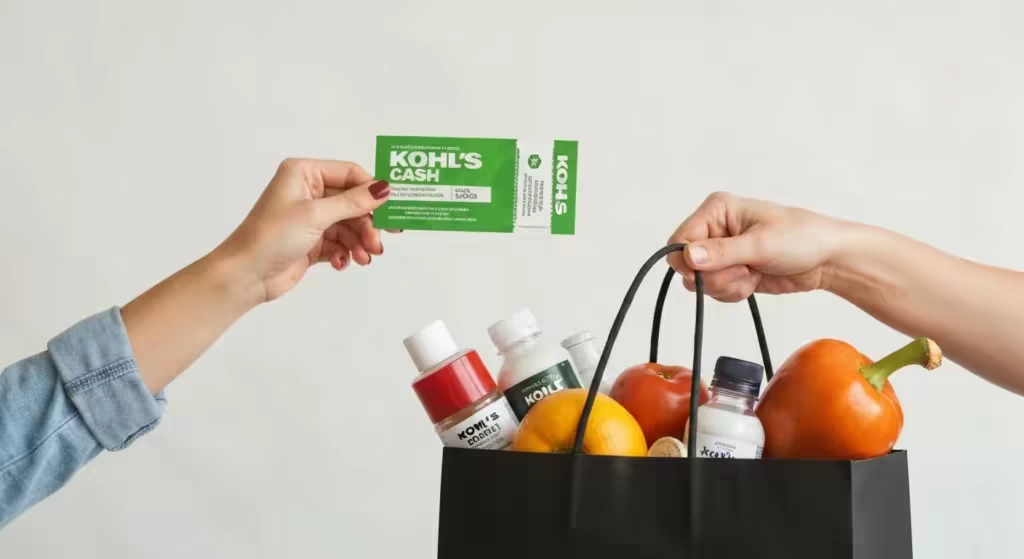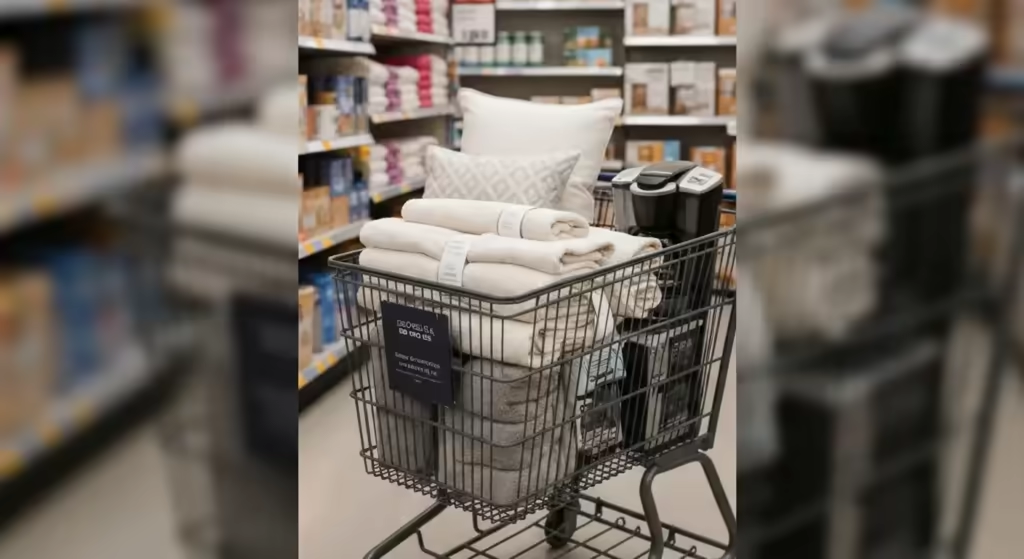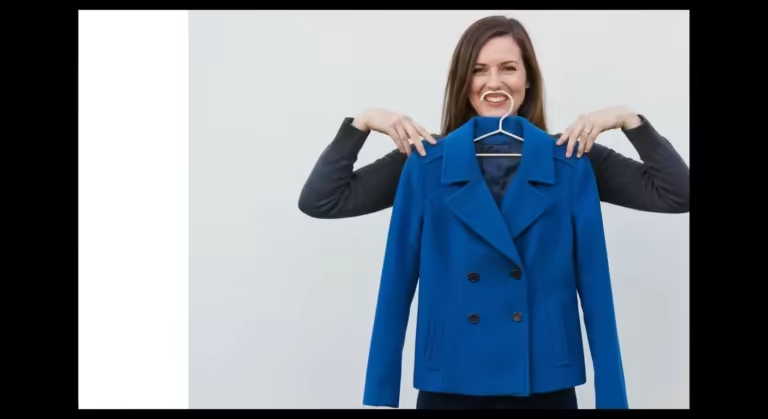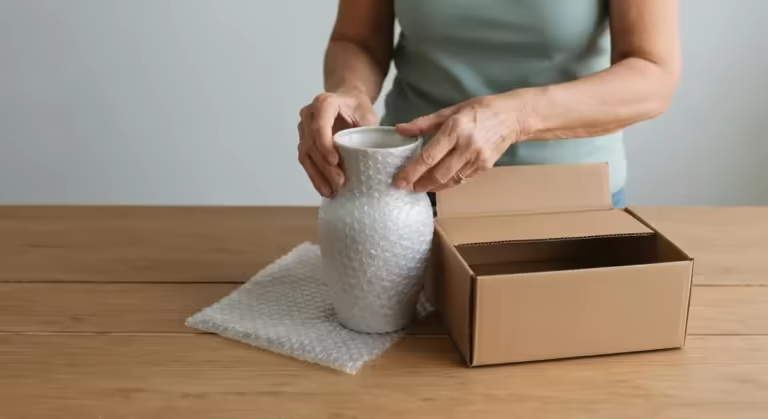I remember the exact moment the floor fell out from under me. It wasn’t a dramatic, movie-like event. It was quiet. It was the rustle of an envelope, a letter from my husband’s company explaining that after thirty-five years, his position was being eliminated as part of a corporate restructuring. We weren’t destitute, not by a long shot. We had savings, a pension was on the way, but the comfortable financial cushion we had spent our lives building suddenly felt thin and fragile. The future, which had seemed like a wide, open road, now looked like a narrow path we’d have to navigate with extreme care.
That letter changed everything, including my relationship with my wallet. Suddenly, every dollar had a job to do. My weekly shopping trips, once a casual pastime, became a source of anxiety. This anxiety led me, like so many others, through the automatic sliding doors of TJ Maxx. I’d heard the legends, of course. Friends would boast about a designer handbag snagged for a song or a luxury candle found for the price of a coffee. I wanted in on the secret.
My first few trips, however, were an unmitigated disaster. I’d walk into the bright, chaotic store, and my mind would go blank. The sheer volume of stuff was overwhelming. Racks upon racks of mismatched clothes, aisles of home goods that seemed to have no rhyme or reason. I felt like a treasure hunter without a map. I’d grab things that seemed like a good deal on the surface—a brightly colored top for $12.99, a quirky kitchen gadget, a throw pillow. I’d get home, the adrenaline of the “hunt” would fade, and I’d be left with a pile of things I didn’t love, didn’t need, and that didn’t really fit my life. The top would hang in my closet, tags on, for a year. The kitchen gadget would break. The pillow would clash with my sofa. I was spending money, not saving it, and the clutter was just a physical manifestation of my financial stress. I was doing it all wrong.
The Turning Point: From Mindless Spender to Methodical Hunter
The breaking point came one Tuesday afternoon. I was staring at a credit card statement, tallying up my “bargains” from TJ Maxx. The total was well over a hundred dollars, and as I looked around my home, I couldn’t point to a single item from that shopping trip that had truly added value to my life. I felt foolish. I felt like I was failing at this new, frugal reality. Right then and there, I made a promise to myself. I would either conquer this store, or I would stop going entirely.
I decided to stop being a passive victim of shiny objects and become a student of the off-price retail world. I wasn’t just going to shop; I was going to investigate. My mission was to understand the system, to learn its rhythms and its secrets. I wanted to walk in with a plan and walk out with only true treasures, items that I would have happily paid more for elsewhere but was savvy enough to find for less. This became my project, my personal challenge. It was no longer about just saving a few bucks; it was about reclaiming a sense of control.
Cracking the Code: My Journey to Finding the Best Deals
My first step was to treat my local TJ Maxx like a science experiment. I threw out all my assumptions and started gathering data. My weapon of choice? A small notebook I kept in my purse. I started going to the store on different days and at different times, and I took notes.
A Saturday afternoon? A complete zoo. The aisles were crowded, the shelves were picked over, and the dressing room lines were a test of human patience. It was stressful, and the good stuff was clearly long gone. A Friday evening? A little better, but still humming with the energy of people getting a start on their weekend shopping. I realized that if I was shopping when everyone else was, I was only ever going to find the leftovers.
So, I shifted my focus to weekdays. I started with a Monday morning. It was quiet, which was a blessing, but the store felt…stale. It looked a lot like it had on Saturday. It was clear that the weekend rush had depleted the stock, and it hadn’t been replenished yet.
The “Golden Hours” Revealed
The breakthrough came on a Wednesday morning. I walked in around 10:30 AM, and the store had a completely different energy. It was calm, but there was a buzz of activity. Employees were pushing out carts laden with new merchandise. Boxes were being unpacked in the aisles. It was like I had stumbled behind the curtain and was seeing the magic happen in real time.
I started talking to the employees. Not in an interrogating way, but just friendly chatter as they worked. “Looks like you guys are busy today!” I’d say. And they were often happy to share. I learned from a kind woman named Maria in the home goods section that my particular store received new shipments on Mondays, Wednesdays, and Fridays. This was the first piece of the puzzle. The new items hit the floor on those days, often throughout the day.
But getting there when the new stock arrived was only half the battle. The other half was about the markdowns. So, my next question was, “When do you guys do the price changes?” I learned that the markdown process was separate. At my store, most of the price reductions happened on Tuesdays and Thursdays. This was the final piece of the puzzle!
This is my personal formula, the secret I unlocked through my little investigation: The absolute best time to shop at TJ Maxx is midweek, specifically on a Wednesday or Thursday morning.
Why? On a Wednesday morning, you get the perfect storm. You catch the fresh merchandise that has just been put out from a new shipment, and you’re also there after the first round of weekly markdowns has likely happened on Tuesday. The store is clean, organized, and quiet. You can browse at your leisure without feeling rushed or overwhelmed. Thursday mornings are nearly as good, often catching the second wave of markdowns for the week.
Decoding the Secret Language of Price Tags
Once I knew *when* to go, I had to learn *what* to look for. My next phase of research focused entirely on those little paper rectangles attached to every item. I became obsessed with understanding the markdown tags. I learned that just because an item has a red sticker doesn’t mean it’s the best possible price.
Here’s what I discovered through careful observation:
- The White Tag: This is the starting point. A white tag with black lettering means it’s the item’s first price at TJ Maxx. It’s still a discount compared to the “compare at” price, but it’s not a clearance item. I rarely buy anything with a standard white tag unless it’s a unique item I know will disappear quickly.
- The Red Tag: This is the first markdown. A red tag signals that the item has been in the store for a while and has received at least one price cut. This is where things get interesting. A red tag is a good sign, but it’s often not the final price.
- The Yellow Tag: This is the holy grail. A yellow tag on an item means it’s on final clearance. This is the “get it now or it’s gone” signal. The store wants it out, and the price reflects that. I once found a high-end All-Clad skillet, originally on a red tag for $49.99, marked down with a yellow tag to $24.99. I felt like I had won the lottery. I learned that if I see a yellow tag on something I truly want, I do not hesitate. It won’t be there next week.
My pro-level move, which I admit feels a bit like being a spy, is to gently peel back the corner of the current price tag. Often, you can see the history of its markdowns right there on the tag underneath. Seeing an item go from a white tag of $39.99 to a red tag of $28.00 and then a final yellow tag of $19.99 is incredibly satisfying. It confirms you’re getting the rock-bottom price.
My In-Store Ritual: A Strategy for Success
Armed with my knowledge of timing and tags, I developed a personal shopping ritual. I no longer wander aimlessly. I go in with a purpose and a plan, which saves me time, money, and sanity.
Step 1: The Reconnaissance Lap
I never, ever grab a shopping cart when I first walk in. A cart signals an intent to buy, and it’s too easy to start dropping things into it impulsively. Instead, I do one full, brisk lap of the entire store. I call this my “recon lap.” I scan the endcaps, which is often where they place the newest and most interesting clearance items. I breeze through my favorite departments, just getting a mental snapshot of what’s new, what’s on clearance, and what catches my eye.
Step 2: The Targeted Mission
After my initial lap, I go back to the front of the store and grab a cart, but only if I saw specific items I want to investigate further. Now, my trip has a purpose. I’ll go directly to the gourmet food aisle to see if that Italian olive oil I spotted is a good price. Then I’ll head to the skincare section to examine that name-brand serum. This focused approach prevents me from getting distracted by the aisles of chaos. I have a mental list, and I stick to it.
Step 3: The Thorough Inspection
This is perhaps the most important step I learned. The reason items end up at **off-price shopping** venues like TJ Maxx is often because they are past-season, overstock, or have slight imperfections. This is the trade-off for the low price. I learned this the hard way after bringing home a beautiful cashmere sweater, only to discover a small moth hole in the sleeve when I got it home.
Now, I inspect every single potential purchase like a forensic scientist.
- For clothing: I check every seam. I hold it up to the light to look for holes or stains. I test the zipper. I make sure all the buttons are there.
- For home goods: If it’s a set of dishes, I open the box and check every single plate. If it’s a lamp, I ask an employee if I can plug it in to make sure it works. For packaged goods like lotions or cosmetics, I make sure the safety seal is intact.
It takes a few extra minutes, but it has saved me from countless headaches and wasted money. A bargain isn’t a bargain if it’s broken.
The Departments I Love (and The Ones I Learned to Avoid)
Over years of practicing my method, I’ve developed a very clear sense of where the true **TJ Maxx deals** are hidden, and which departments are minefields of potential regret. This is my personal list, built from trial and a lot of error.
My Go-To Goldmines: What I Always Look For
1. High-End Skincare and Cosmetics: This is my number one treasure-hunting ground. Department store brands that I could never justify at full price regularly appear here. I found a jar of Elizabeth Arden ceramide capsules once for $29.99 when they retail for over $80. The key is to check the packaging carefully and only buy sealed products. I stick to brands I recognize and trust.
2. Gourmet Pantry Items: The food aisle is a hidden gem. I have stocked my pantry with incredible imported olive oils, balsamic vinegars, specialty salts, high-end coffee beans, and organic pastas, all for a fraction of what they would cost at a gourmet market. I once found a large bottle of truffle-infused olive oil for $7.99 that I had seen in a specialty store for $30. It’s a great way to elevate your everyday cooking without elevating your budget.
3. Quality Leather Goods: Real leather handbags, wallets, and belts are fantastic finds. I look for well-known, quality brands. I found a beautiful Italian leather tote bag, perfect for daily use, for $79.99. It was simple, classic, and impeccably made. A bag like that would have easily been over $300 at a regular retailer. I avoid the “pleather” or polyurethane bags, as they tend to scuff and fall apart quickly.
4. Pet Supplies: If you have a furry family member, do not skip the pet aisle. I find high-quality, durable dog beds, name-brand toys, and gourmet treats for my golden retriever, Buddy, at ridiculously low prices. A sturdy, orthopedic dog bed that would be $100 at a pet superstore can often be found for $39.99.
5. Designer Sunglasses: The locked case near the jewelry counter is worth a look. I’ve found classic styles from top designers for less than half their retail price. It’s a perfect example of finding timeless quality, not just fleeting trends.
My “Never Buy” List: What I Always Skip
This list is just as important as the one above. Learning **what to avoid buying at discount stores** has saved me more money than any single deal I’ve found. These are my personal rules, born from my own disappointing experiences.
1. Furniture: I fell for this one once. I saw a stylish little end table, a perfect “dupe” of one I’d seen in a pricey catalog. It was only $49.99. I got it home, and it was a nightmare to assemble. The pre-drilled holes didn’t line up, the material felt like compressed sawdust, and it wobbled no matter how much I tightened the screws. It looked cheap, and it felt cheaper. The hassle of trying to lug it back to the store taught me a valuable lesson. For large, structural items, I need to be able to trust the quality and the return policy of a dedicated furniture store.
2. Most Electronics and Small Appliances: The electronics aisle is tempting, with its off-brand Bluetooth speakers, charging cables, and kitchen gadgets. My advice, based on experience, is to steer clear. I bought a pair of wireless earbuds once for $15. They held a charge for about 45 minutes and one of them died completely within a month. I also bought a “bargain” food processor that had a motor so weak it couldn’t chop an onion. For anything with a plug or a battery, the lack of a reliable warranty is a deal-breaker for me. I’d rather pay a bit more for a trusted brand from a store that will stand behind the product.
3. Makeup (Unless Sealed): This is a hard rule for me. While the skincare section is great, I am extremely cautious with makeup like foundation, mascara, or lipstick. I have seen too many packages that have been opened, swatched, and returned. The risk of bacteria is just not worth the discount. The only exception is if the product is completely sealed in tamper-proof packaging, which is rare.
4. Bed Sheets and Towels (Usually): This might be controversial, but I’ve been burned too many times. I’ve bought sheet sets that felt incredibly soft in the package, only to have them pill up and feel scratchy after a single wash. Towels that seemed plush in the store shed lint for months. I’ve found that the quality is just too inconsistent. For items that I use every single day and that contribute to my comfort and rest, I’ve learned it’s better to invest in brands with a proven track record for quality, even if I have to wait for a sale at a department store.
The Ultimate Reward: More Than Just Money
It’s been years since that initial panic set in. My husband and I have adjusted to our new financial reality, and a large part of that peace of mind has come from the sense of control I’ve gained. My TJ Maxx “project” turned into something so much more than a shopping strategy.
It taught me to be a more mindful consumer in every aspect of my life. I think before I buy. I ask myself, “Do I truly need this? Will it add value to my life? Is it a quality item that will last?” My home is no longer filled with the clutter of impulsive bargains. Instead, it’s filled with things I genuinely love and use—the soft, classic merino wool sweater I wear constantly, the beautiful ceramic bowl I serve salad in, the scented candle that makes my living room feel cozy on a chilly evening. And I love each of them a little bit more knowing the story of how I found it, the smarts and patience it took to bring it home.
The thrill of the hunt is still there. I still get a little jolt of excitement when I spot that yellow tag on a perfect item. But it’s a different kind of thrill now. It’s not the frantic, anxious grab of someone hoping for a lucky break. It’s the quiet satisfaction of a strategist whose plan has paid off. It’s a skill I’ve honed, a small way I can steer my own ship in sometimes uncertain waters. And that feeling of competence and control, I’ve learned, is priceless.














